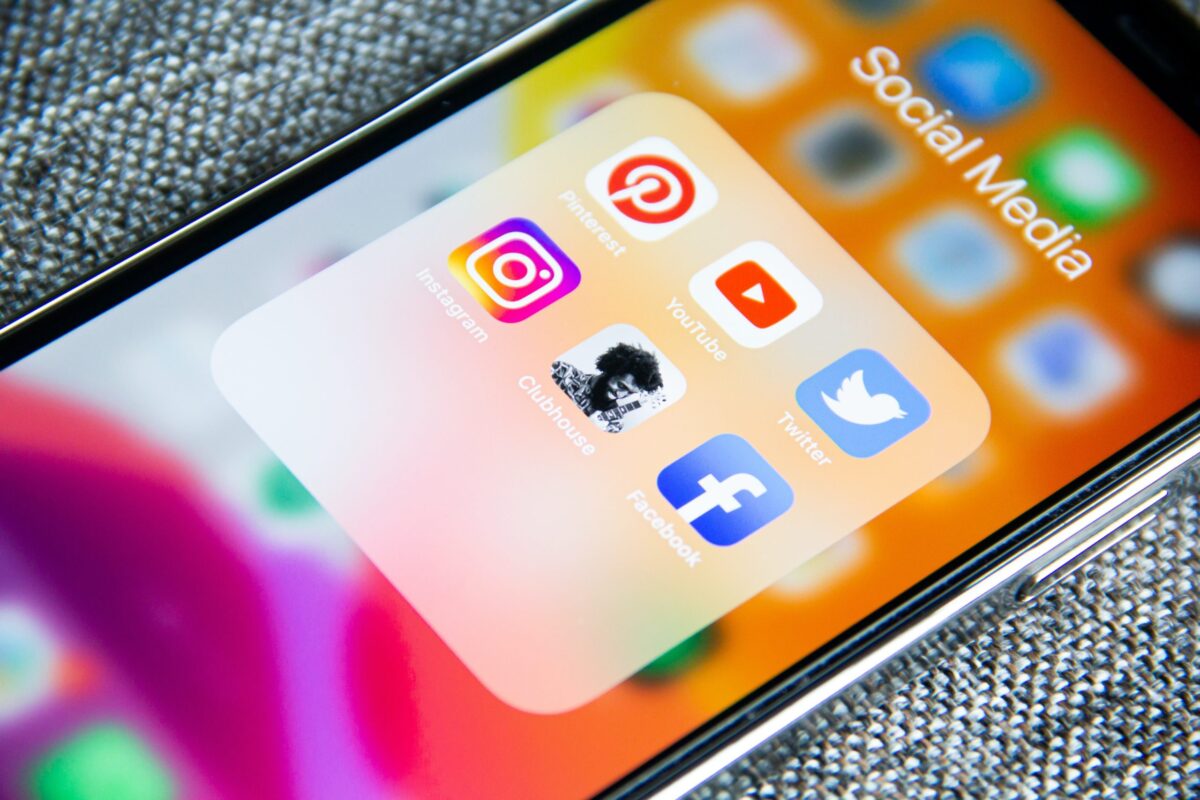
If you are not using your personal Facebook as a tool to build awareness for yourself or your company’s brand, you are missing out on arguably the world’s most powerful, free marketing tool.
Yes, I did say “free.”
Facebook is used by more than half of the world’s online population, and by the end of 2015 it had more than 1.5 billion monthly users. In addition, the average smartphone user spends one out of every five minutes on Facebook. AOL had a dream to monopolize the Internet in 1985. Facebook has realized that dream today.
“I have a business page and my personal page is for friends and family.” Well, it’s time to start using your personal Facebook to build your brand, business and awareness. There’s Snapchat, Whatsapp, and a host of other fun platforms to interact with friends and family.
Your business page can sometimes be effective but since these pages are a major source of revenue for Facebook, it’s difficult to get a lot interaction on them without paying a lot. Spending $100 in Facebook advertising to get 2000 views (what value that has is unclear), 27 likes, and 6 clicks is not worth it. Facebook decreases the organic reach of posts on these pages – they are like playing the slots at a casino: you always hear about someone who walks out ahead, but the house wins 97 percent of the time.
The good news is that your personal page can get a lot of attention if you use it right – and it is free. Here are 14 Facebook tips, that will maximize your reach, likes, and interactions, which will drive awareness to you and your business.
1. Be Professional
Your Facebook page should look serious and be representative of your brand, business, or whatever it is you want to promote. Do not post things you wouldn’t want co-workers, customers, or suppliers to see. You don’t want to alienate or turn off potential followers. As a rule, don’t ever make a post about partying, drinking, or anything vulgar. One off-putting post and you will lose a friend or follower — and you won’t even know it.
2. Smart Security
Allow your posts to be publicly visible. Nothing your posting should really be private and you want as many people to view your posts as possible. At the same time, go to the setting: “Who can add things to my timeline?” and set to “only me.” Turn on approval of all tags before they appear on your timeline. You don’t want other people’s thoughts on your wall and you don’t want to be tagged at the strip club — as someone’s joke.
3. Be Friendly
Friend people often and approve all friend requests from real people. Like any social-media platform, the goal is to have as many followers as possible, but be wary of fake accounts and decline those invitations.
4. No Politics
No one should be able to easily determine your political views. I always take into account what a potential customer, who is opposite of my political views, would think of my posts. If you need to vent, there are many closed groups on Facebook where you can.
5. No Whining and Complaining
No one wants to hear about bad service at the DMV, the traffic, the boil on your toe that burst, or how bad your life is. If I wouldn’t say it to a first date, I won’t post it on Facebook. Face your problems, don’t Facebook them.
6. Play Tag Fairly
It is appropriate and good technique to tag people who are in pictures or are with you at an event because it increases viewership and makes your post available to their followers too. However, do not tag people in posts that have nothing to do with them for the sake of getting their attention.
7. Rock Your Profile Picture
If your profile picture has you shirtless or is of you taking a selfie in a mirror, immediately stop reading this article and go change it. You look ridiculous. This is not LinkedIn, so you don’t necessarily have to have a professional headshot, but you do have to have an interesting picture. You want to have a picture that represents you or your brand and creates a conversation. The goal is to get people to interact with you anyway you can. Sometimes when I have little to post about, a change in my profile picture can generate a lot of interest. Here’s an example of how I worked a post with my profile picture.
8. Like a Lot
The more you like someone’s posts the more of their posts you will see — and they will see more of your posts. When you pass by a post and don’t click “like,” Facebook thinks you really don’t like that person’s posts and will stop showing them to you. I like hundreds of posts everyday (unless I really don’t like it). I also don’t stand on ceremony — even if someone doesn’t like my stuff, I’ll like his/her posts anyway. It’s good for me.
9. Like Comments
Like every comment on your posts. If a person took the time to comment, you should acknowledge it because it builds interaction and rewards him/her for doing so. He/she will be more likely to interact again and Facebook will be more likely to show them your posts. The goal is to get as many likes and comments on a post as possible.
10. It’s a Happy Birthday
Wish every friend “happy birthday.” I do it as my morning ritual. It’s a chance to increase interaction with friends and see what they are up to. Sometimes it even reminds me that I need to contact them for some business or personal reason.
11. Always Post with a Picture
Never make a text-only post. Picture posts get much more attention from the viewer and Facebook promotes those posts more. Even if it’s just a holiday wish to your Facebook friends, make sure to use a picture. As an example, here is my Thanksgiving post, which is just a simple statement, but the picture sends it big.
12. Instagram Is a Post Booster
When possible, post a picture on Instagram and click the “share to Facebook” button. Not only does it give your picture two chances to get noticed, Facebook promotes Instagram pictures more than pictures posted directly. And you have the ability to edit the post on Facebook later, adding comments and picture tags. A recent picture I took in Seattle, is a great example of this technique.
13. Timing Is Everything
The timing of posts is crucial because Facebook promotes your post to more of your followers if and only if it gets likes and comments quickly. This sometimes requires trial and error to see when your followers react best. Posting business related posts late at night is a sure fail. Similarly, making a post that is more personal during the middle of the work day is not going to be effective either. I have had a lot of success with posting late afternoon and early evening on weekdays and mid-afternoon on weekends. Avoid posting anything business related in the hours before a holiday begins.
14. Be Interesting and Informative
Content is king. A post that says, “It’s hot out” is not going to get the same viewership and interactions as one with a cool picture of an egg frying on the hood of your car. Similarly, a post that tries to sell a product is a no-no. You can tell about the features of a product or service without obviously selling it. Every post you make should be thought out carefully on how it will build your brand and increase interactions — and keep your friends wanting to see more from you. Use humor when appropriate because making people laugh always draws them to you. Finally, don’t be overly narcissistic. My rule is for every self-promoting post, I also try to have a few posts that make fun of myself. You want people to like you.
These 14 tips will get your posts more likes, comments, and shares on the largest social platform on earth. You will be creating an image of yourself, your brand, and your company that people are attracted to. That is what any good marketing campaign should do.
Facebook is free and now you know how to use it. So what are you waiting for?














